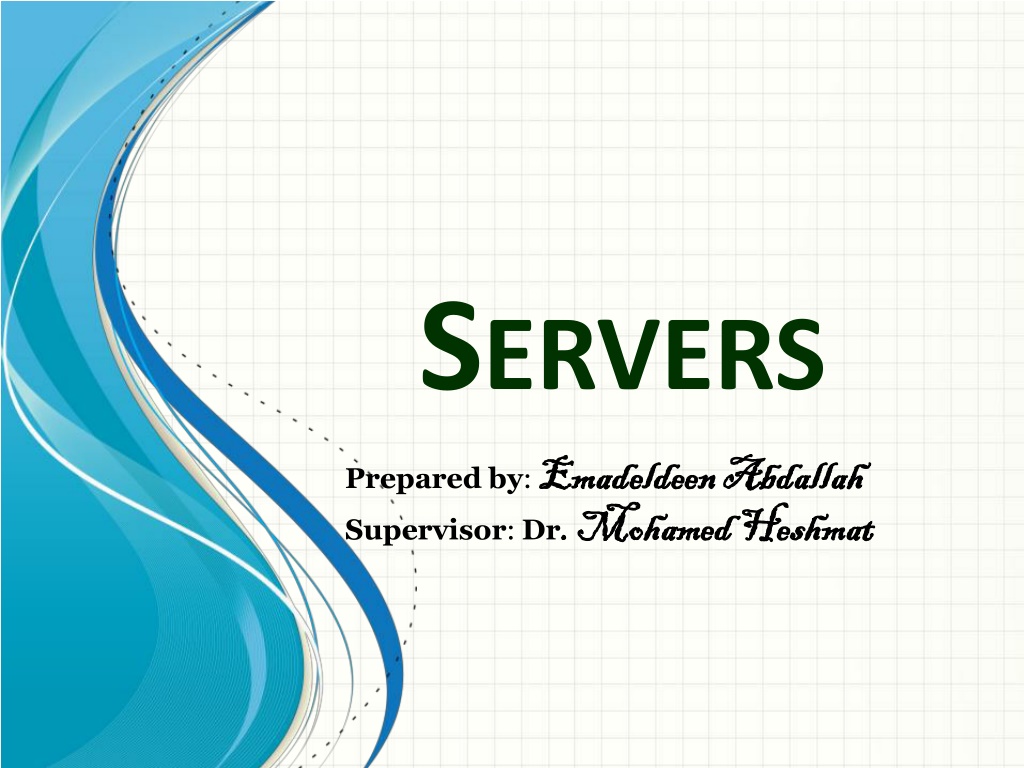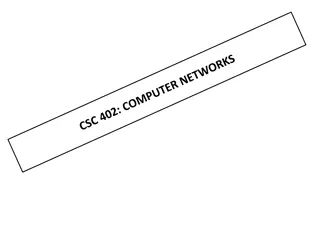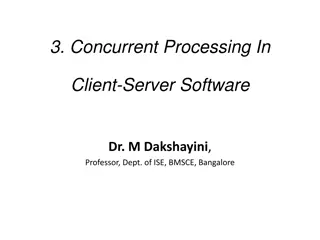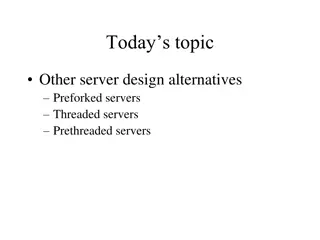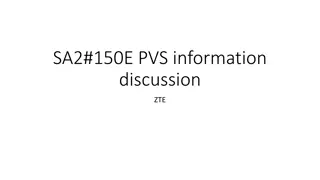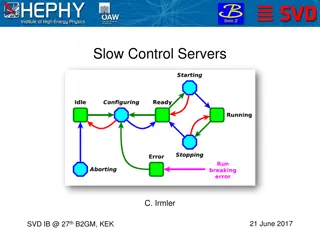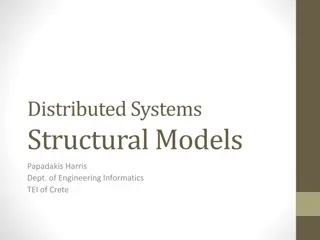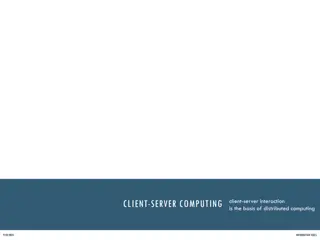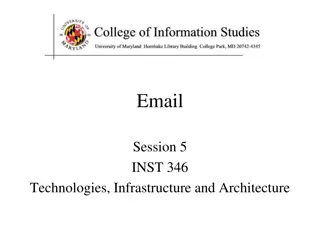Understanding Servers: From Definition to Hardware Components
Explore the world of servers, from their definition as systems providing network services to their historical evolution. Learn about server hardware components like motherboards, hard drives, processors, and memory types. Gain insights into the importance of different server components for optimal performance.
Download Presentation

Please find below an Image/Link to download the presentation.
The content on the website is provided AS IS for your information and personal use only. It may not be sold, licensed, or shared on other websites without obtaining consent from the author. Download presentation by click this link. If you encounter any issues during the download, it is possible that the publisher has removed the file from their server.
E N D
Presentation Transcript
SERVERS Prepared by: Emadeldeen Supervisor: Dr. . Mohamed EmadeldeenAbdallah Mohamed Heshmat Abdallah Heshmat
Servers Definition A server is a system (software and suitable computer hardware) that responds to requests across a computer network to provide, or help to provide, a network service.
Servers history IBM Virtual Machine mainframe 1991 First web server with a 256Mhz cpu, 2GB of disk the first web page online on August 6, 1991 1994 Rack-Mountable servers
Servers history This is Google s first server,
Servers history 2001 First modern blade servers
Servers history 2008 20013 The Cloud computing
Server hardware components Typical server computer. Built from higher-grade components than client computers. More Ports
Motherboard Importance of Motherboard The major components on the motherboard include processor (or CPU) supporting circuitry called the chipset Memory Slots a standard IDE , SATA, SCSI hard drive controller input/output (I/O) ports for devices such as keyboards, mice, and printers additional built-in features Graphics adapter. SCSI disk controller. network interface.
Hard drives SATA drives SCSI drives
Processor The processor, or CPU, is the brain It isn't the only that affects overall system performance Intel had four processor models designed for use in server computers: Itanium 2: 1.60GHz; 1 2 processor cores Xeon: 1.83 2.33GHz; 1 4 processor cores Pentium D: 2.66-3.6GHz; 2 processor cores Pentium 4: 2.4-3.6GHz; 1 processor core
Memory Many different types. Pick the right type . The total memory capacity. At least 12GB of memory.
Network connection Importance of adapters . Built in Network adapters . Separate network adapter card.
Video Not Importance. Cut costing.
Power supply More devices requires a larger power supply. (300 watts is typical).
UPS UPS uninterruptible power supply UPS definition Save data shut down the computer gracefully. Automate backup then shut down.
Tower Server Advantage: the cabling can get messy. Disadvantage Have no such features.
Rack Servers Mounted within a rack. Many hardware vendors.
Blade Servers Like rack servers. Rack is known as a chassis. One hardware vendors. Less cable of rack server
Blade Servers Is fully self-contained. chassis might contain a power supply unit, a cooling unit, and a blade server
DEFERENT BETWEEN SERVERSAND PC 1 2 3 4 5 6 7 8 9 Hardware Components Ports Rack Heat Additional server Mail Server Full Remote Access Centralization work Group Network
SERVER BENEFITS 1 File and Network security 2 Increased reliability 3 decreased workflow interruptions 4 Centralized data storage and shared resources 5 Virus Management
SERVER HARDWARE COMPANY 1 2 3 HP SERVER DELL SERVER Fujitsu 4 Lenovo 5 IBM
SERVER SOFTWARE 1 2 3 4 5 6 7 8 9 DHCP Server NAT Server File Server Application Server Print Server Mail Server Active Directory Server Web Server Anti Virus Server
SERVERS OPERATING SYSTEMS 1 Windows Server NET, 2003, 2008, 2012 2 Unix: UNIX SOLARIS 3 Linux: Fedora , SUSE,
If you operate a small to medium-size business, the question Isn t "Do I need a server?" but is "Which type of server do I need?
Thank you for your attention
